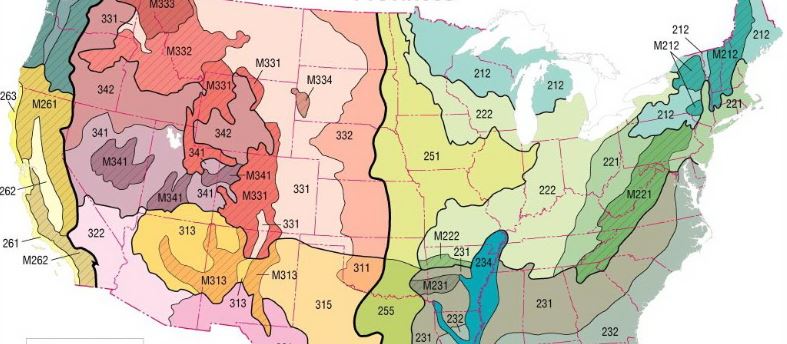Native plant ecoregions are areas of land or water that are geographically defined and share similar biological characteristics, such as climate, geology, soils, and plant and animal life. These regions are important for understanding the distribution of native plants and for developing conservation strategies.
There are many different ways to classify ecoregions, but one common system is the one developed by the U.S. Environmental Protection Agency (EPA). The EPA system divides North America into four levels of ecoregions, with Level I being the broadest and Level IV being the most specific.
- Level I ecoregions are the largest and most general. They are named for their dominant vegetation type, such as forests, grasslands, or deserts.
- Level II ecoregions are smaller and more specific than Level I ecoregions. They are often named for a combination of factors, such as climate, vegetation, and geology.
- Level III ecoregions are even smaller and more specific than Level II ecoregions. They are often named for a specific geographic feature, such as a mountain range or a river valley.
- Level IV ecoregions are the smallest and most specific type of ecoregion. They are often named for a specific type of habitat, such as a floodplain forest or a sand dune.
Knowing the native plant ecoregion of your area is important for several reasons. First, it can help you choose plants that are well-suited to your local climate and soil conditions. Plants that are native to your ecoregion are more likely to thrive in your garden and require less care. Second, planting native plants can help to support local wildlife populations. Native plants provide food and shelter for butterflies, birds, bees, and other animals. Third, planting native plants can help to conserve water. Native plants are adapted to the rainfall patterns of your area and require less water than non-native plants.
If you are interested in learning more about native plant ecoregions, there are a number of resources available online and in libraries. You can also contact your local cooperative extension service or native plant society.

Leave a comment